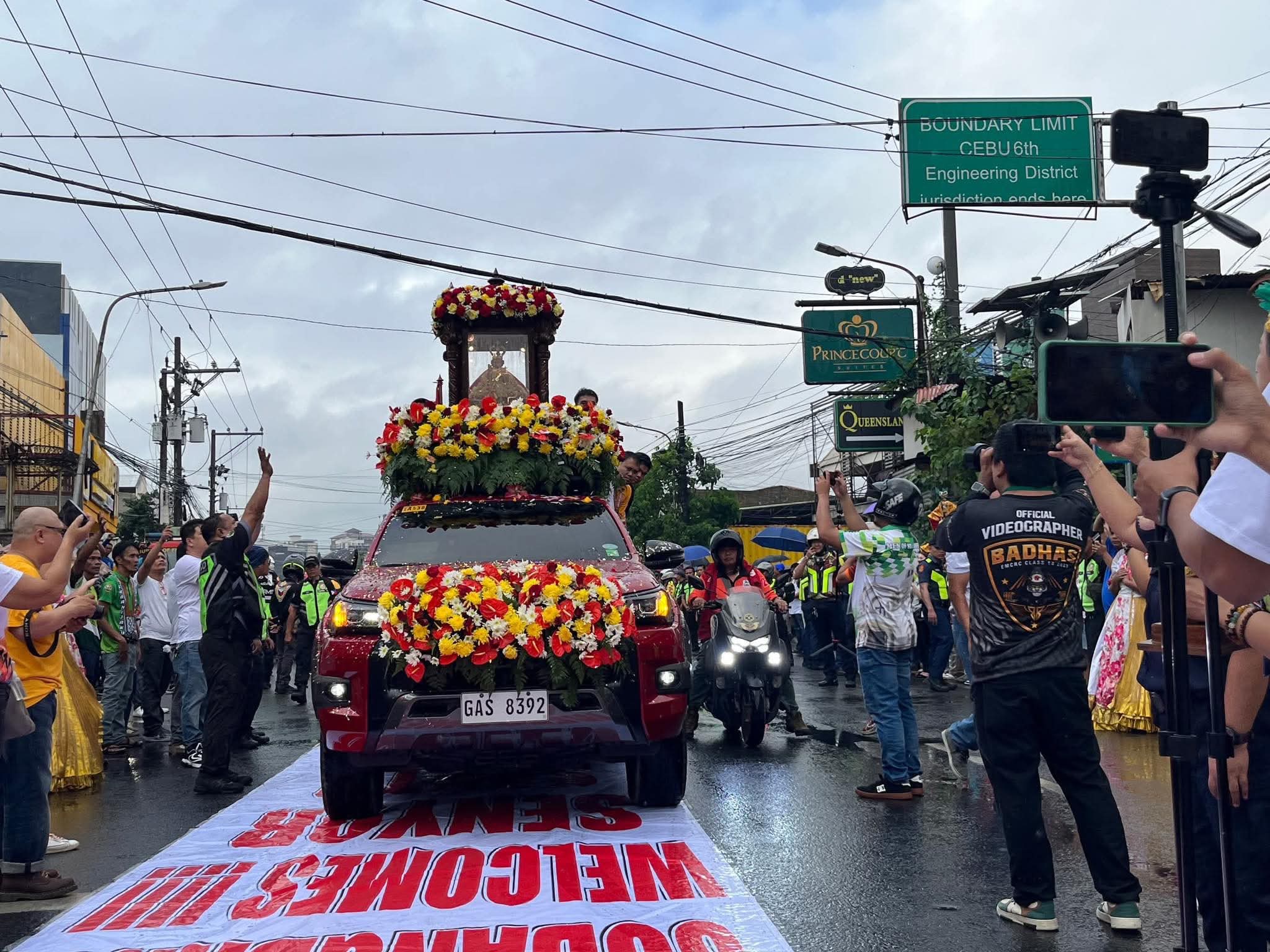The increasing connectivity amongst the 24,000 islands that make up archipelagic Southeast Asia is the main development challenge. The success of the Strong Republic Nautical Highway in the Philippines, which efficiently moves people and freight using an integrated system of roll-on/roll-off vessels, has shown to be a source of optimism for the millions of underprivileged people in the area.
In the Philippines, there are numerous bridges lining the local and national road networks. Routine bridge maintenance is required to construct, protect, and maintain or even improve the state of the bridges, halt future deterioration, and keep the roadways open to traffic.



The Cebu-Cordova Link Expressway (CCLEX), a massive undertaking that employs the most cutting-edge engineering innovations, is envisioned as one of the Visayas region’s top tourist destinations and the nation’s greatest infrastructure projects at the moment. Owing to the fact that Cebu province now has one of its most prosperous economies. However, despite the metropolitan area’s continued growth and transformation into a center for real estate development, its outdated infrastructure was unable to keep up. CCLEX is intended to do more than only relieve traffic congestion and increase the capacity of the road network in Metro Cebu, according to CCLEC, a subsidiary of the Metro Pacific Tollways Corporation (MPTC). It is an 8.9-kilometer Expressway project was designed and constructed by the Cebu Link Joint Venture (CLJV) and is a historic project that connects Mactan Island to the primary industrial district of Cebu City by way of Cordova.
This dominant twin cable-stayed bridge, a causeway, and toll facilities are part of the expressway, which has two lanes in each direction from the mouth of the Guadalupe River to Shell Island and then Cordova. It is anticipated to service at least 50,000 vehicles each day.
Road congestion and excessive traffic result in daily economic losses in the millions of dollars and lower community members’ quality of life as they try to get around the city. By creating the necessary infrastructure to handle the anticipated increase in traffic in Cebu, the third bridge will provide benefits to thousands of people. Once it is up and running, it will also give communities, people, and businesses access to more opportunities by fostering job growth in Cordova, boosting financial investments, and raising productivity on the island.
Naka CCLEX na ba Tanan? Layshu uy!
The Local Toll Regulatory Council (LTRC) has already authorized the implementation of the toll rates approved by the LGU-Grantors based on the Concession Agreement for the Cebu-Cordova Link Expressway (CCLEX).
The approved rates for the CCLEX are:
- P90 for Class I vehicles such as cars, jeepneys, pick-ups, vans, and motorcycles. The CCLEC, however, is still looking into how much of a discount to give for motorcycles under 400cc.
- P180 for Class I vehicles above 7ft in height (except when the top load are recreational equipment such as bikes, surfboards, and the like which must be securely fastened and not intended for commercial use).
- P180 for Class II vehicles such as light trucks, tourist/school and public utility buses.
- P270 for Class III vehicles such as heavy and multi-axle trucks and trailers.
The CCLEX has a separate lane for bicycle riders and pedestrians. It is free to use.
The CCLEX is not only expected to improve mobility in Cebu, it will also contribute to socio-economic development in the Metro Cebu area, according to an impact study by the University of San Carlos.
Source: Cebu-Cordova Link Expressway Photos by Ariel Alegado, Content Writer
Drone by Michael Audrey Jacobe Sagonoy, PBB Drone Pilot | Pobreng Laagan
IMPORTANTE NGA PAHINUMDOM: Please take responsibility sa inyong basura Laagan. Let us strictly impose and follow #LeaveNoTrace!
















